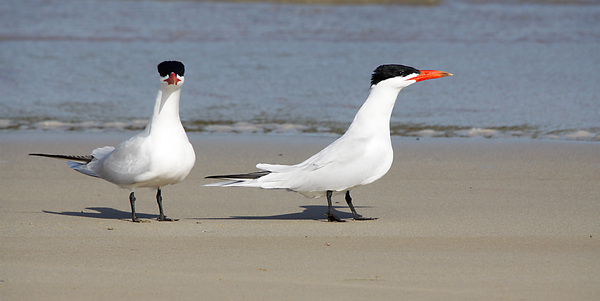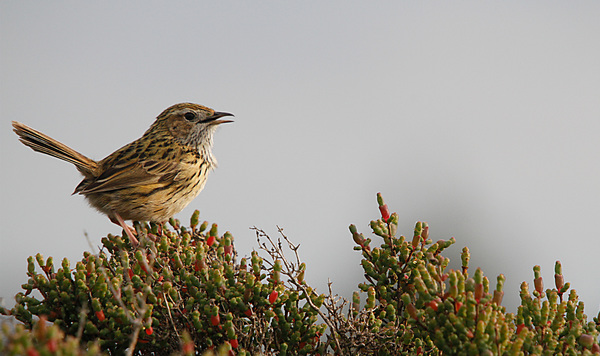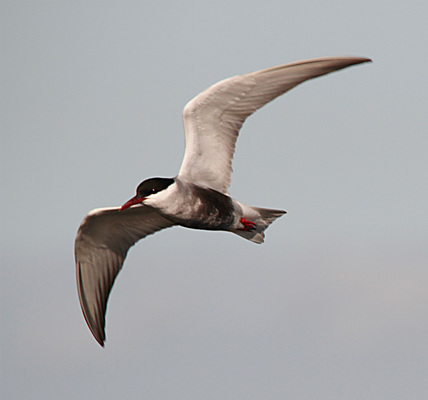IT’S been a lovely few weeks.
The days are slightly warmer and there’s lots of water around, which is great. The west track pond in the Ocean Grove Nature Reserve is still relatively empty, so more water is definitely required.
I’ve noticed lots of trees being removed around Grubb Road. It’s sad when habitats disappear and animals and birds have to find new homes.
The large pine trees in Swan Bay Road near Piknik Cafe have also been removed. I loved seeing black-shouldered kites and Australian hobby’s in those trees, so I will miss the birds and the trees.
Speaking about Swan Bay, I had a look around at the Swan Bay pier this morning, and had a lovely time despite the freezing cold wind that certainly made the conditions uncomfortable. It was not surprising that there was nobody fishing off the pier.
I was trying to photograph a very handsome male superb fairy wren when I noticed a striated fieldwren perched on the top of bush. I just love these little (14cm in length) birds, and their song is just one of the most beautiful I have heard.
Striated fieldwrens are found in coastal areas of south-eastern Australia, from Botany Bay in NSW to near Kangaroo Island in South Australia. They are also found in Tasmania.
I have seen these birds at Western Treatment Plant, plus at Lake Connewarre and at Swan Bay.
The striated fieldwren is tawny-olive in colour and streaked with black all over. The tail has a whitish tip. The male has white eye-brows, lores and throat, where as these areas are brown on the female. The fieldwren that I photographed is therefore a male, and a handsome one at that.
I also saw three Caspian terns at Swan Bay. Caspian terns, at 60cm in length, are the largest species of tern.
Speaking of terns, I also saw a lovely whiskered tern during a quick drive through at Western Treatment Plant. Whiskered terns are 25cm in length, and in breeding plumage (such as the bird I saw) they have a dark red bill, red legs, a black head ‘cap’ with white cheeks (hence ‘whiskered’). Their upperparts are pearl-grey and underparts are sooty black. They never stop moving so are hard to photograph.
I had a wander around the Ocean Grove Nature Reserve last week, and saw some lovely birds, including a few flame robins, a grey shrike thrush, and three black-faced cuckoo-shrikes. Lovely!
If you are interested in any organised bird watching activities, you can check out the program of outings conducted by Birdlife Bellarine Peninsula at birdlife.org.au/locations/birdlife-bellarine-peninsula.
Have a great few weeks – and go Aussies, oi, oi, oi!
– Jen Carr, jennifer.carr6@bigpond.com









